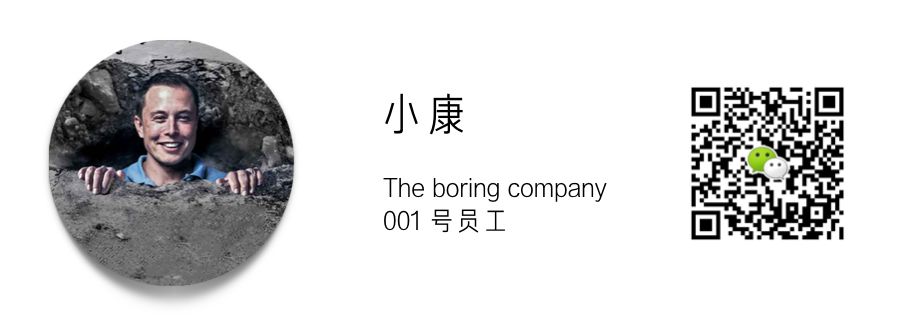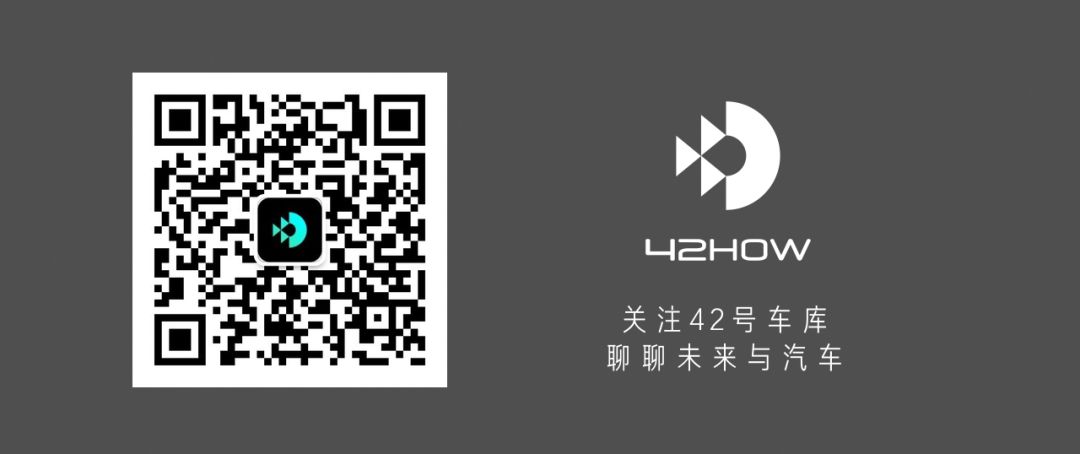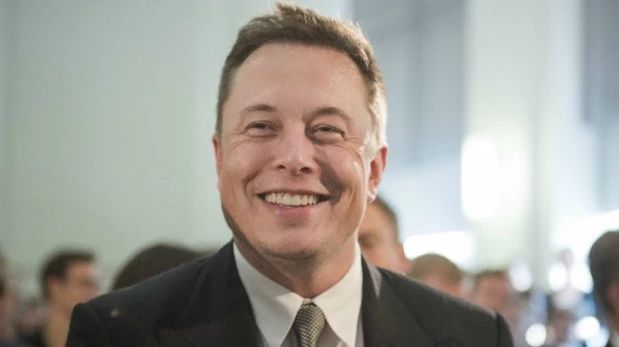Tesla’s Chinese Factory Plans
The news of Tesla’s plans to build a factory in China was confirmed by CEO Elon Musk during Tesla’s Q1 financial results call. Musk stated that “we will soon be announcing the location in China for a Gigafactory.”
The company thanked the Chinese government for allowing foreign companies to fully own factories in China, and progress has been made in negotiations. Tesla’s VP and President of Asia-Pacific, Ren Yuxiang, announced that “there will be further progress announced soon.”
Panasonic affiliate, Matsushita, openly spoke of plans to work with Tesla and potentially produce all of their products in China. As the exclusive supplier of the 18650 batteries for the Model S/X and with involvement in the product definition and production for the Model 3’s 21700 batteries, it is unlikely that Tesla would seek another partner for power supply.
Matsushita, also known as Panasonic, invested $1.6 billion to help build Tesla’s Nevada-based Gigafactory and will cover $1.5-2 billion of the $5 billion manufacturing costs. Tesla’s partnership with Matsushita covers the entire battery manufacturing process from raw material procurement to product design, research and development, manufacturing, quality control, and testing.
The construction of a new factory in China seems like a logical next step in the successful partnership between the two companies.
For Tesla, building a factory in China holds significant benefits. For example, the top of the line Model 3 currently costs around $56,500 USD, but after adding in Chinese tariffs and taxes, the cost rises to approximately 520,000 CNY, or $82,631 USD.## Model 3, as a vehicle that competes with the Mercedes C-Class, BMW 3 Series and Audi A4, has an amazing number of orders that cannot be satisfied currently. Despite this “happy trouble,” it will be difficult for the vehicle to directly compete with BBA in the Chinese market due to its price. Unlike the larger and more expensive Model S and X, the consumers of Model 3 are more price-sensitive.
The construction of a factory in China reduces transportation costs. Additionally, almost all major Tier 1 companies have regional headquarters in China, which lowers supply chain costs. Thirdly, labor costs are also lower in China. With Tesla’s enterprise-wide promotion of factory automation, the impact of labor costs in China is limited. Finally, if Tesla is willing to give up sole ownership of the factory and introduce a third-party Chinese shareholder, such as Panasonic, there is room for a reduction in tariffs.
There are too many variables to provide a price for the Chinese-produced Model 3; we can only say that there is room for a price decrease. If well-known uncontrollable elements between the two countries worsen, it is still possible for the Chinese factory plans to fail.
Let us cherish what we have.
Who has Tesla’s arrival really shaken up?
Many people are concerned that new car companies may die before they get established; however, there are two reasons why this is not the case. Firstly, all new car companies are pushing SUVs, many of which are full-size seven-seater models that have nothing in common with the Model 3 consumer group. Secondly, the highest-priced new car product currently available, the NIO ES8, ranges from 400,000 to 500,000 yuan; if domestically produced Tesla Model 3s take advantage of all the aforementioned favorable factors, and can be priced at 300,000 yuan or less, it will be a blessing.
China Association of Automobile Manufacturers Executive Vice Chairman and Secretary-General Dong Yang once said, “Anyone who approves of loosening the restrictions on foreign ownership limits is a traitor.”
Looking at the U.S. market, as Model 3 production capacity steadily increases, Model 3 sales in the U.S. have already exceeded those of Audi A4 and BMW 3 Series in the first quarter, and it is getting closer and closer to the Mercedes C-Class. With the continued increase in Q2 production capacity, being the sales leader is a sure thing for Tesla.
The Chinese market is no exception. Model 3 will erode the market share of BBA and other joint venture brands in the same class, and even higher-end models.
In fact, joint venture brands need to think about their future. Even if Tesla did not enter the market, entire industry trends are tilting towards new car companies. In addition to the tremendous enthusiasm of capital, the talent flow is also pouring into these new car companies. For example, it is easy for executives from traditional car companies to switch to new car companies such as NIO, but it is difficult for them to poach talent that specializes in advanced driving technologies, such as electric motors, in-car networks, and autonomous driving. New car companies start from scratch, while traditional car companies are still bogged down with their legacy internal combustion systems.
Therefore, even if Tesla does not enter, once a new car company exceeds the threshold of 100,000 units sold, the reshuffling of market share and competition pattern will begin.
A Tesla entering is just a small scene. The real battle will be when 4-5 new car companies that understand Chinese consumers rise up strongly by 2020.



This article is a translation by ChatGPT of a Chinese report from 42HOW. If you have any questions about it, please email bd@42how.com.
